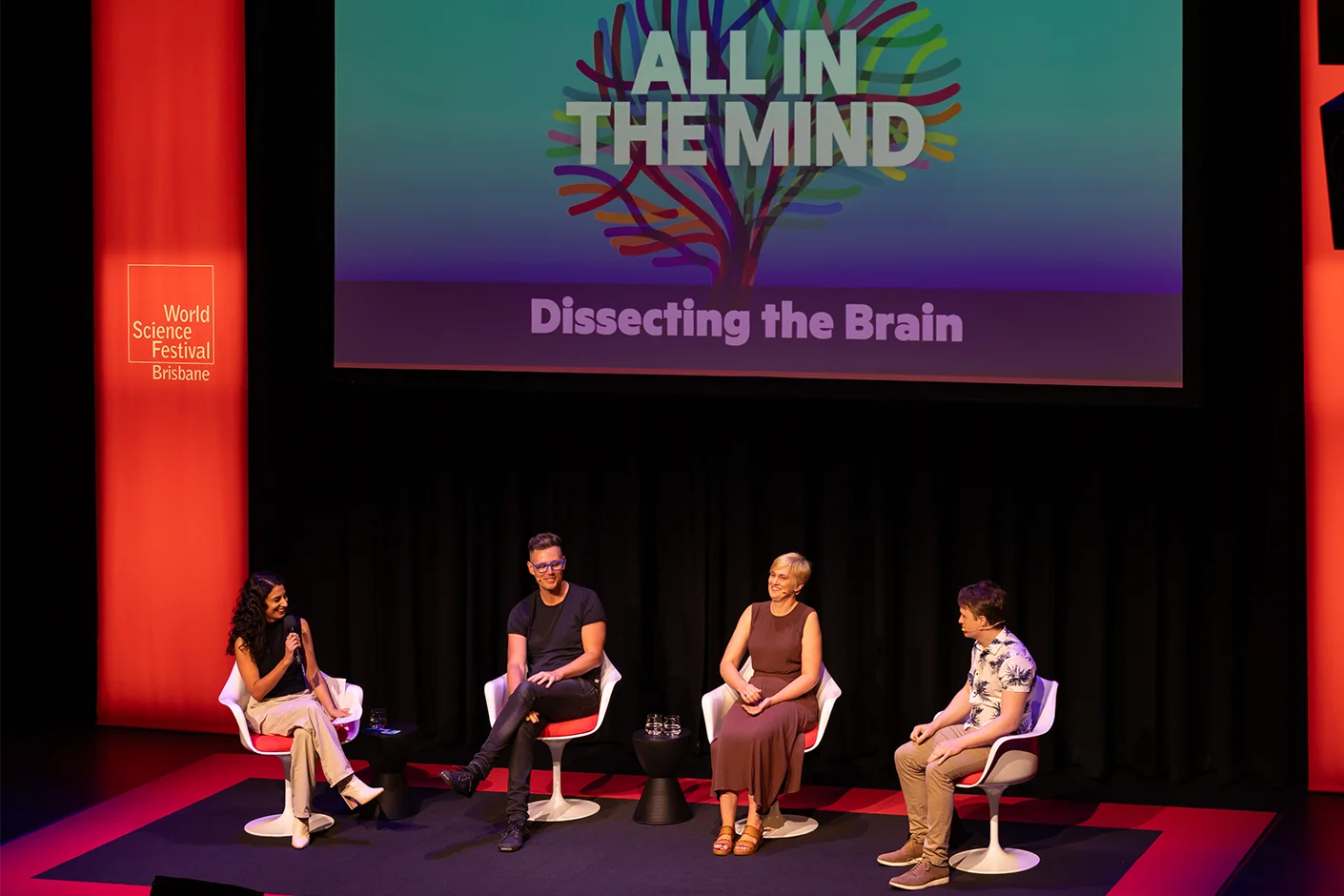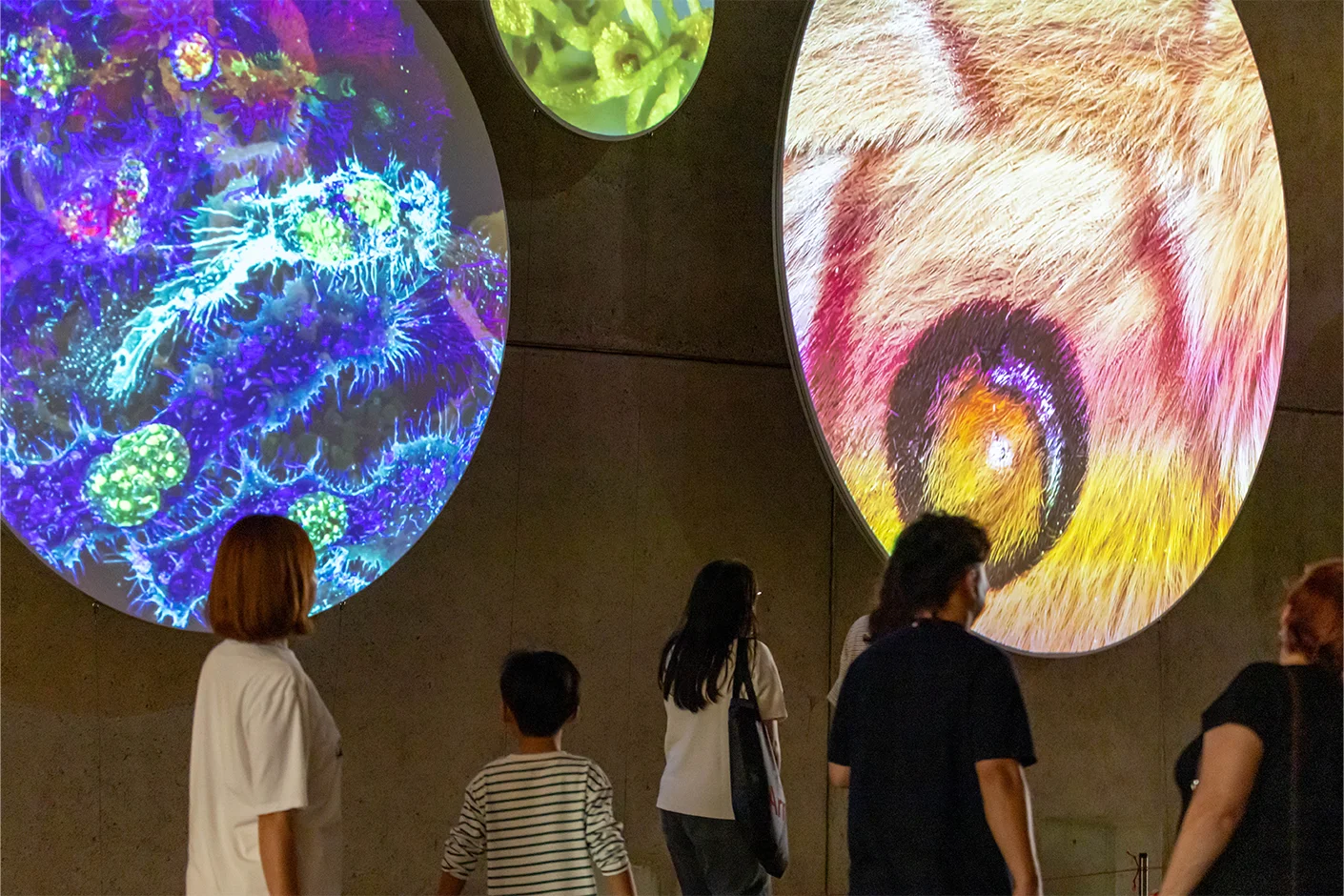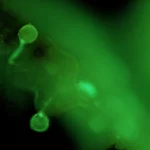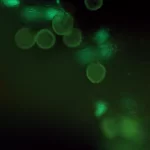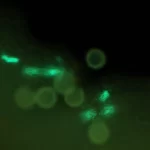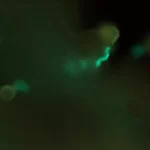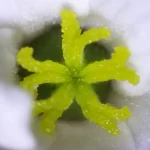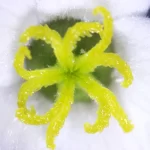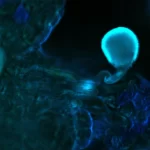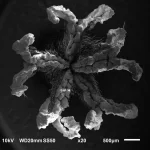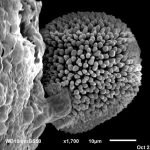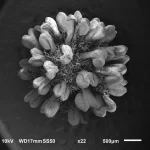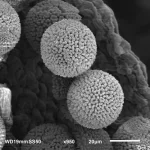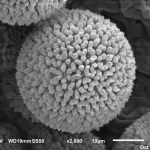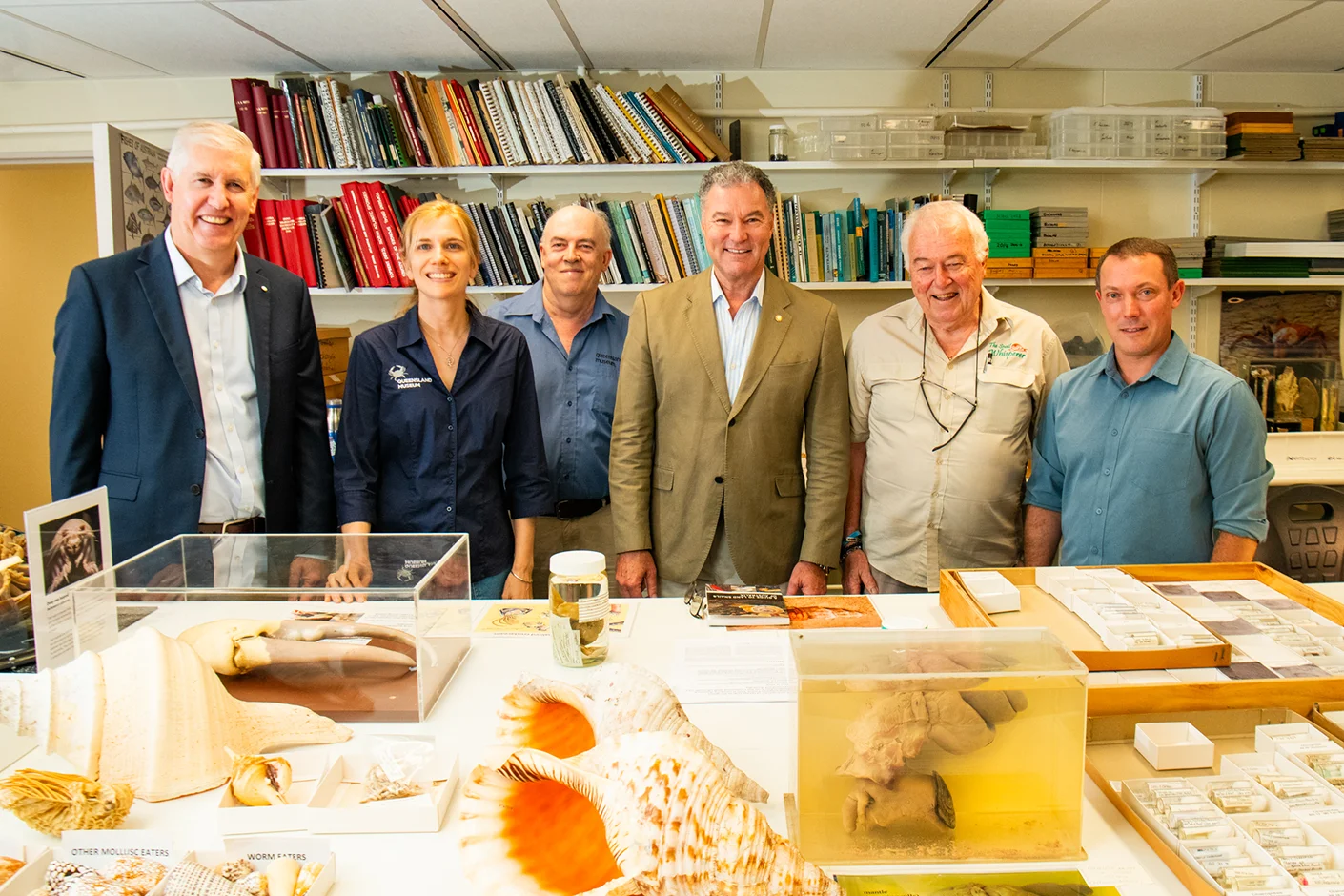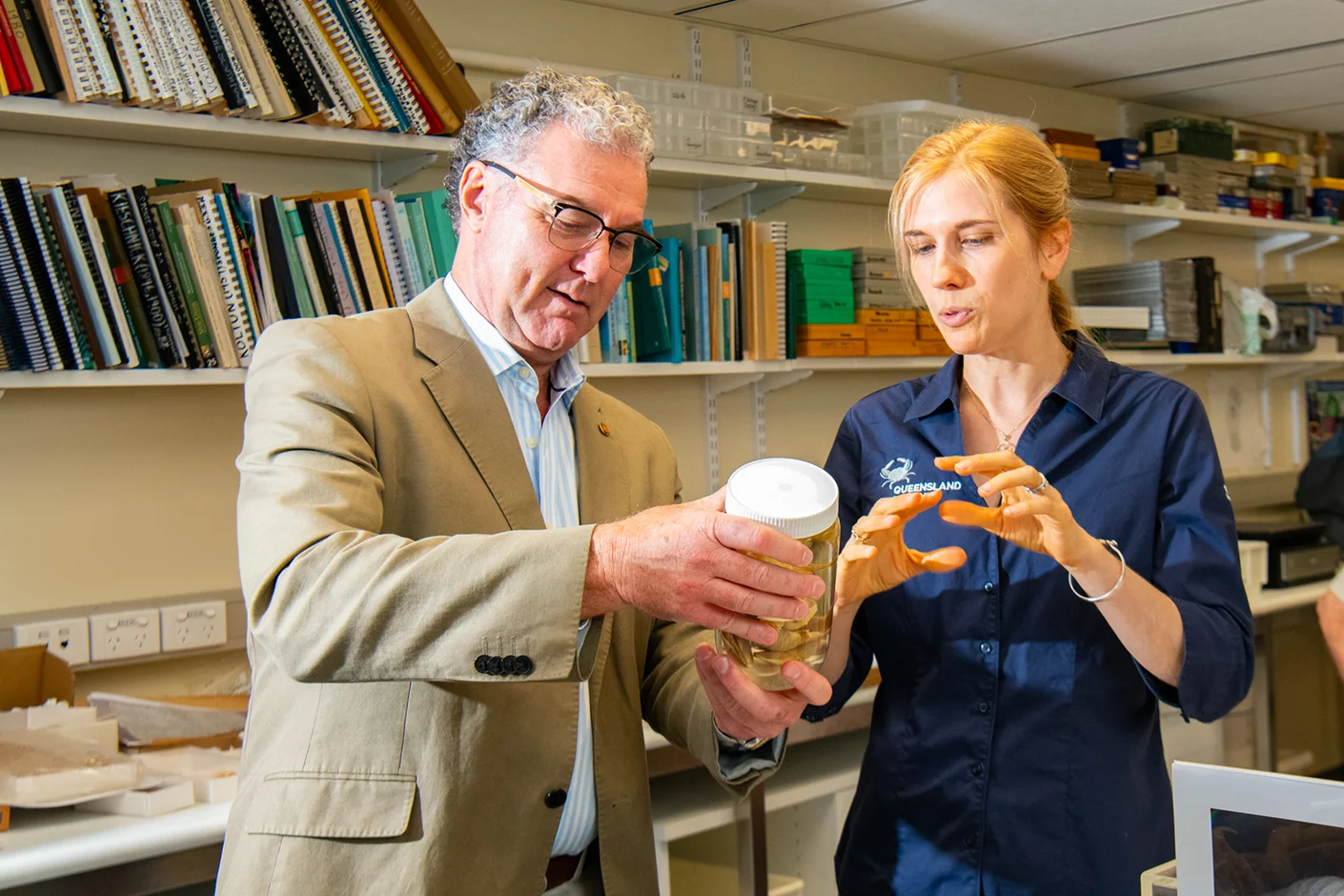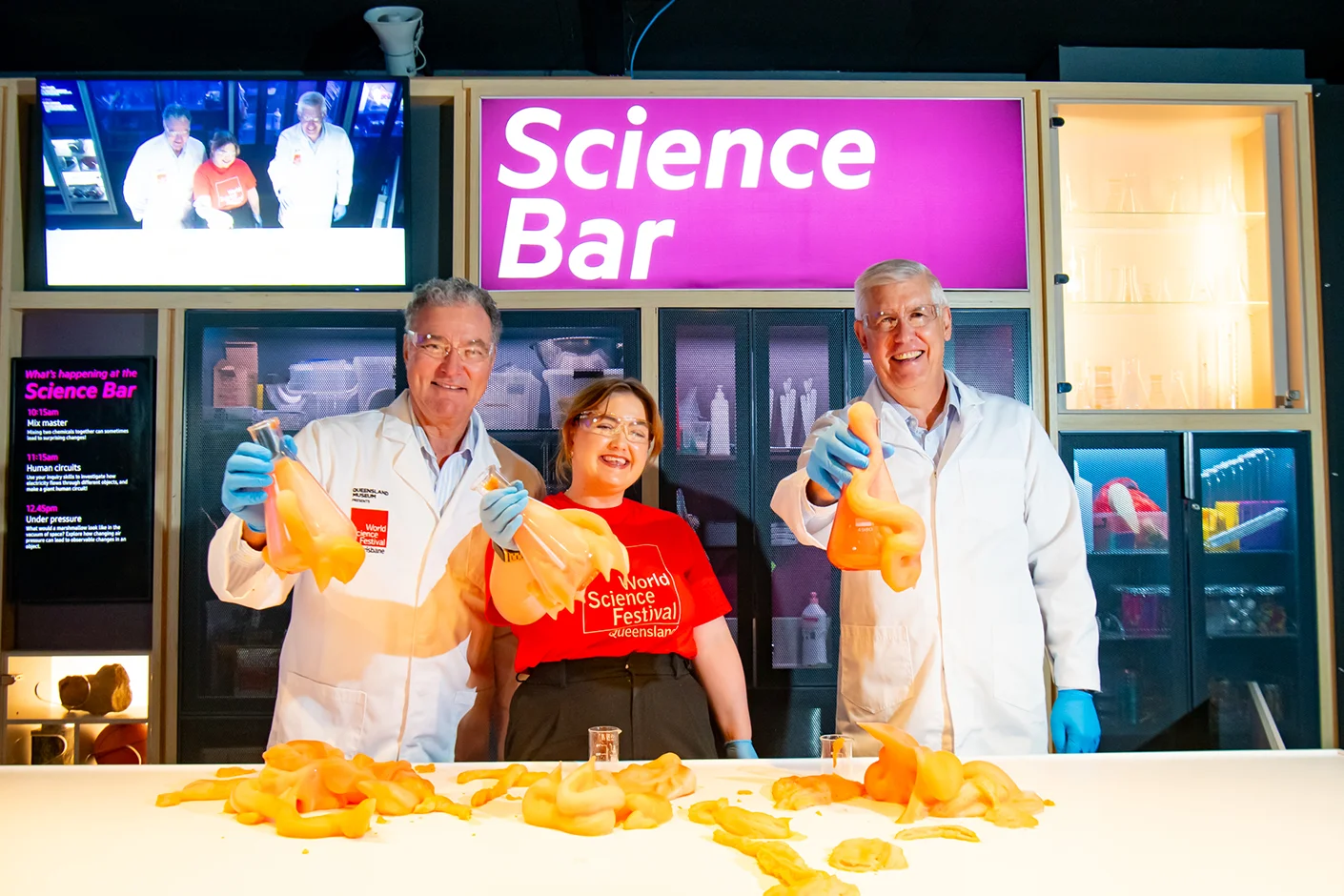Listen to ABC’s All in the Mind: Dissecting the Brain Podcast
The innerworkings of the brain are as fascinating as ever, particularly as we enter a blooming era of neurotechnology, and keeping neuro-experts on their toes.
Recorded at World Science Festival Brisbane, ABC podcast, All in the Mind: Dissecting the Brain, hosted by Sana Qadar, guests Brisbane based neurosurgeon Dr Alex Koefman, Dr Kiley Seymour, Associate Professor of Neuroscience, University of Technology Sydney and Dr Ariel Zeleznikow-Johnston author and Neuroscientist at Monash University discussed the latest on brains surgery and neuro-tech.
Experienced brain surgeon, Dr Alex Koefman is still awe-struck at times by the magic of the brain, recounting a brain mapping surgery – where an anaesthetist woke the patient mid-way through a surgery, with their brain is exposed, so the surgeon could find the best entry point without affecting critical regions such as speech, colour vision etc.
“I looked under the drape to say hi to the patient and I waved at the patient and the patient just waved back at me,” Dr Koefman said.
“I saw this patient having a conscious experience, hearing me, seeing colour, the brain doing its thing. And I was just awestruck about how there was no explanation how that white stuff (the brain) was creating the experience right in front of me.
“It’s just a white pulsing brain creating the most incredible mystery in the universe.”
More mysteries and innovations are being unveiled in the field of neurotechnology. Associate Professor of Neuroscience, Dr Kiley Seymour likens the brain to a ‘super computer’ given its efficiency, energy, and capacity for learning. She explains how the latest neurotech innovations will make critical advancements for people with physical disability.
“There’s work in clinical trials, (that) we’re able to convert thoughts into interactions with computers, for instance,” she says.
“If there’s an implant in the motor cortex for someone who’s paralysed, the information, the signals that usually would be sent to the spinal cord to innovate muscles to move limbs, are now being interpreted to allow for movement of robotic limbs and things like that.”
While neurotech innovations are exciting and will change lives, Dr Seymour says that safety over ‘hype’ is a critical factor, where companies like Neuralink promote similar technology without being in clinical trials as yet.
Like many tech advancements, skilled humans aren’t as required as they once were. Dr Koefman is bittersweet about innovations in blood vessel neurotech that do not require surgeons to operate anymore, making neurosurgery a bit boring.
“It’s the most beautiful thing you can do in neurosurgery is operate on the blood vessels – it’s the real rock and roll of neurosurgery,” he said.
“It’s the thing that we all wanted to do, and we were all doing it until about early 2000s. Now we hardly ever do it so it’s really been quite upsetting for me personally,” Dr Koefman joked.
Moving further into the future of neurotechnology Dr Ariel Zeleznikow-Johnston’s new book The Future Loves You: How and Why We Should Abolish Death discusses brain preservation.
Can we preserve the memories, experiences, personality, functional abilities of a person who is for example, terminally ill, and then restore it in the future at a time that is more compatible with health?
“First is preserving someone, the second is then restoring them to consciousness. I think the preservation we can essentially do today,” says Dr Ariel Zeleznikow-Johnston.
“We have good enough technology that for someone who is terminally ill, if we could take them and we could preserve their brain and body, we could do that in a way where there’s a very good chance that their memory’s personality is still there intact in their brain.
“The question then is how do you restore them to consciousness at some point in the future? Because that is not something we can do at the moment.”
Another question that divides the panel is should we be able to do this? That might be a discussion for another podcast.
To listen to ABC’s All in the Mind: Dissecting the Brain, click here.
